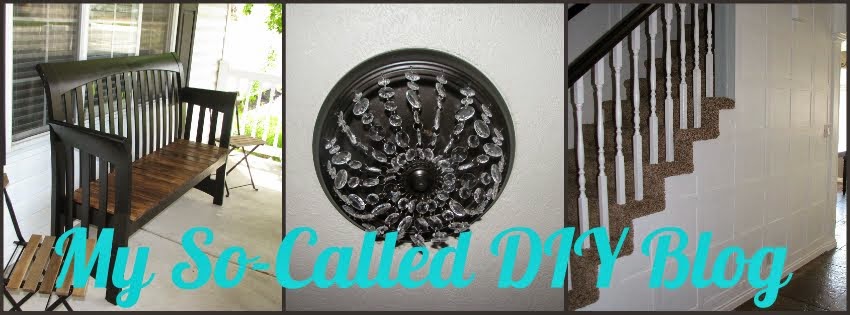One yard will give you two full maps, so I can either sell the second one or give it as a gift. I got basic cotton ultra and selected "yards (42" width)" under size and amount.

Here it is once I got it in the mail. As you can see, if I cut the two maps apart, there's not a whole lot of room left for wrapping it around a frame.
I decided to make my frame 16" x 39" so the image would be centered with enough room on the bottom to fold it over. This also allowed a tiny bit of room to stretch the fabric, so I could get a nice tight look. I used two 6' 1x2s and cut them together, so my sides would be exactly the same length.
I used 1/2" staples on the corners on the back of the frame.
I put the fabric through the dryer to help loosed the creases from being folded in the mail. Then I ironed it. Laying the image face down, I centered the frame as best as I could. I started with the bottom where I didn't have much extra fabric to wrap over. I did three staples on the bottom.
Then, pulling the fabric so it was pretty taut, I did three staples on the top.
Then I did the same thing with three staples on both sides. It was starting to look nice and tight in the middle!
I kept working my way out to the corners. Two staples on bottom, followed by two staples on the top, followed by two staples on the right, and then two on the left. It also helped to pull the fabric looking at the design on the sides to help keep it in a straight line.
Once I got to the corners, I tucked the bottom into the side and then folded the side under and over.
And voila!
The detail on the map is really beautiful
It only took me about 20-30 minutes altogether to complete.
I love how it makes a large impact with the width, but it's not too tall, so it fits nicely on my short Bonus Room walls.
With shipping, the fabric ends up being $20.50. That's only $10.25 a map. Then with the cost of 1x2s and staples, it ends up being around $15 for one map!
Linking to: YTTS #41, Artsy Fartsy Link Party, Remodelaholic July Link Party, Link Party Palooza, That DIY Party, Show and Share 271, Merry Monday 64, Something to Talk About 27, Inspiration Monday 726, Inspire Me Monday 70, 278 Inspire Me Tuesday,The Scoop 181, Tutorials and Tips 219, Be Inspired 171, FDTR 178, Wow Us Wednesday, Wake Up Wednesday, Dream Create Inspire,

















































